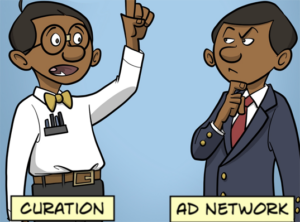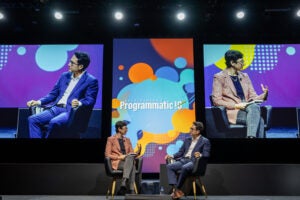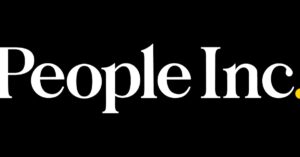This week on AdExchanger Talks, digital ad consultant Matthew Scott Goldstein shares his observations from 29 public company earnings calls in the media, big tech, ad tech and related sectors. He will give a related presentation at AdExchanger’s Programmatic IO conference in New York, Oct. 15-16.
MSG, as he is known to many, listens to all 29 earnings calls himself while walking his dog, then summarizes the most important details in a quarterly email (available at WhatISawHappen.com). For this episode, we asked him to highlight the biggest growth areas in marketing – with a few detours into areas of weakness.
Here’s what MSG saw happen …
Advanced TV: MSG’s key observation for Q1 2019 is that advanced TV adoption and related revenues represent the lion’s share of new media revenues. “That is where the growth is happening everywhere, from Viacom to The Trade Desk to Telaria to Roku,” he says.
That’s great news for media companies that have made large investments in OTT, such as Disney, but the acceleration comes with a risk for big advertisers – namely that affluent people are opting out of ads.
“It feels like most of the [advanced] television viewing right now is happening with subscription VOD, and there’s no ads,” he says. “Wealthy individuals, they’re not going to watch TV ads going forward. As a marketer, how do you then reach these consumers who are not consuming television anymore with ads? It becomes a dilemma for marketers.”
Performance: “DR permeated all the calls,” MSG says. “Facebook is a DR engine, they have attribution. Google is a DR engine.” And performance is a growth area for Snap and Twitter. He also observes that affiliate linking models are paying off for a handful of media companies, most notably IAC-owned Dotdash, The New York Times and J2 Holdings.
SMBs: “This long tail of advertisers that have a self-serve platform on Facebook and Google is just extremely powerful,” MSG observes. ’Nuff said.
Ratings company declines: With repeated setbacks at Comscore, and Nielsen’s uphill climb to find a buyer, things have never looked dicier for traditional measurement. “Are we going into a world where you don’t need a third-party measurement system because it’s too complicated? I don’t see a new company emerging committing a billion dollars to figure something out.”















